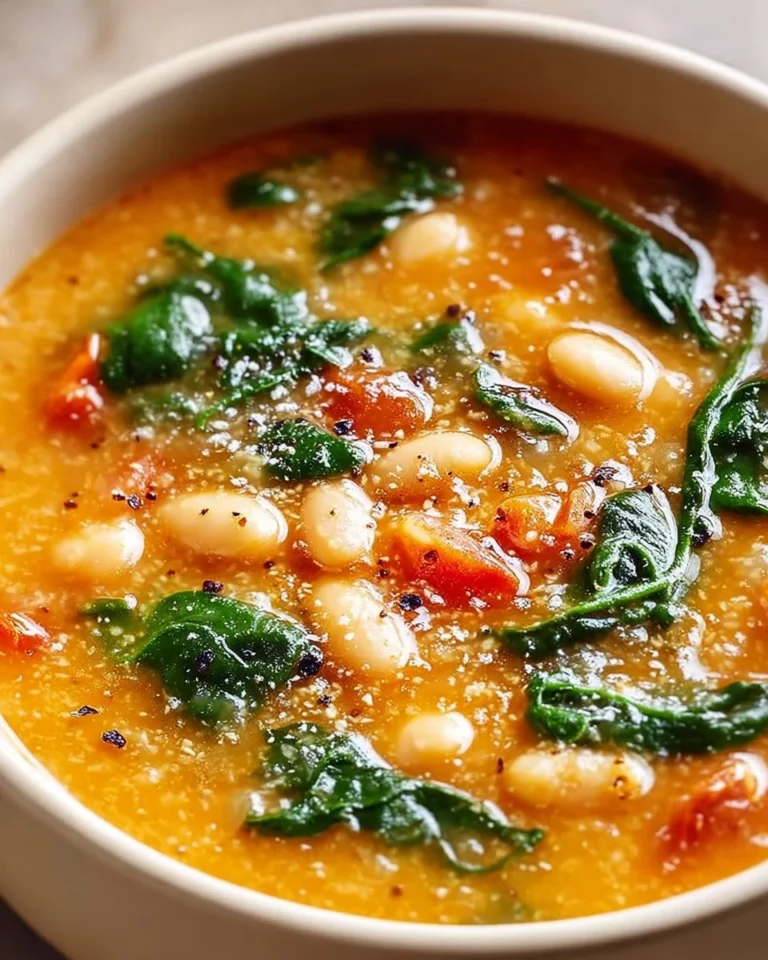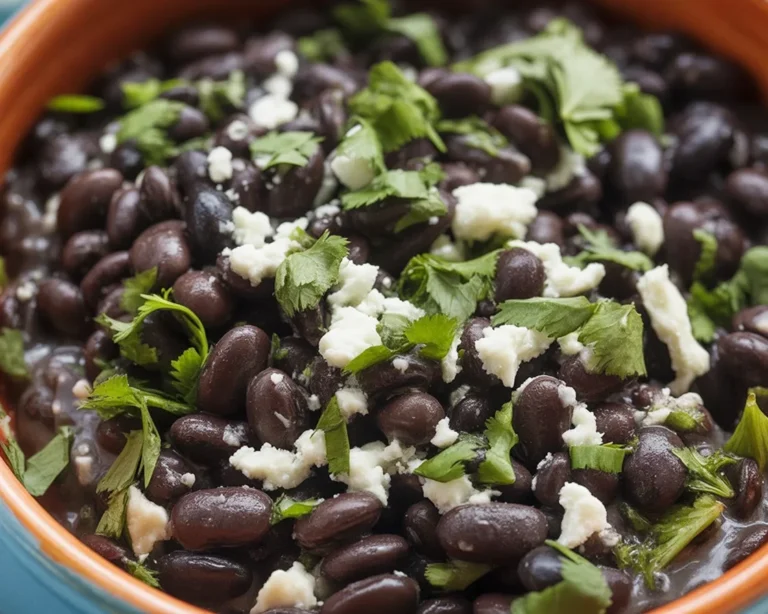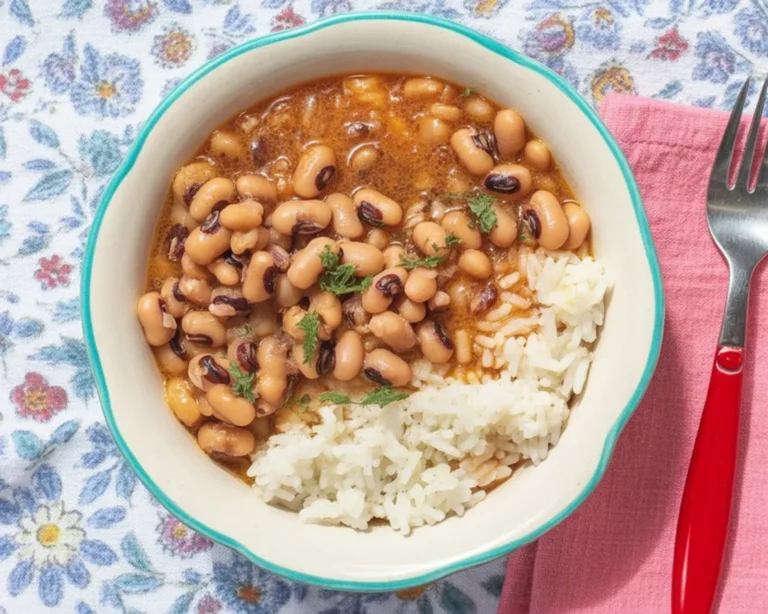Looking for a simple and tasty way to cook fresh green beans? Sauteing is perfect! It brings out the natural sweetness in green beans. Plus, it’s easy to do with just a few ingredients and basic cooking skills.
Enjoy easy fresh green beans recipes that are quick and flavorful. Whether you’re busy or just want a new way to cook a classic veggie, sauteed green beans are a great pick.
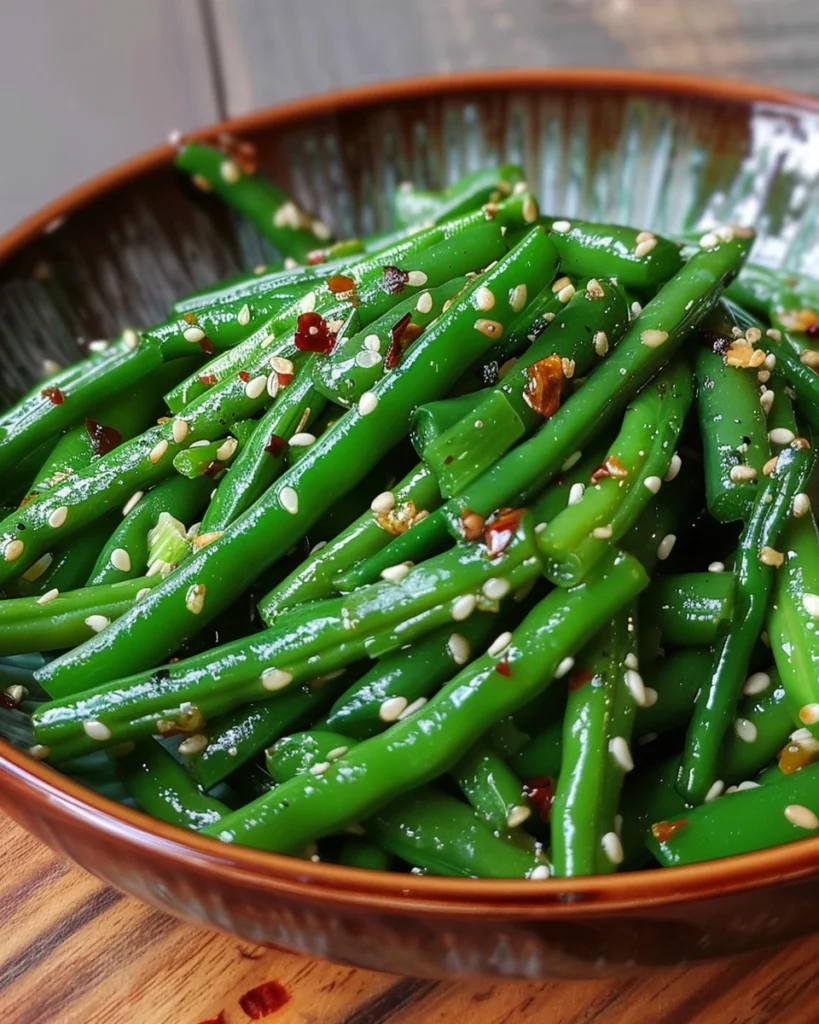
Table of Contents
Key Takeaways
- Simple recipe for sauteed green beans
- Quick cooking method to preserve nutrients
- Delicious flavor with minimal ingredients
- Perfect side dish for any meal
- Great way to enjoy fresh green beans
The Magic of Green Beans on Your Plate
Sautéing green beans can turn them into a tasty treat. It’s not just cooking a veggie; it’s unlocking their true taste. Nagi says, “Sautéed Green Beans with crispy garlic bits is a simple yet classic side dish.” This way, green beans become a tasty part of any meal.
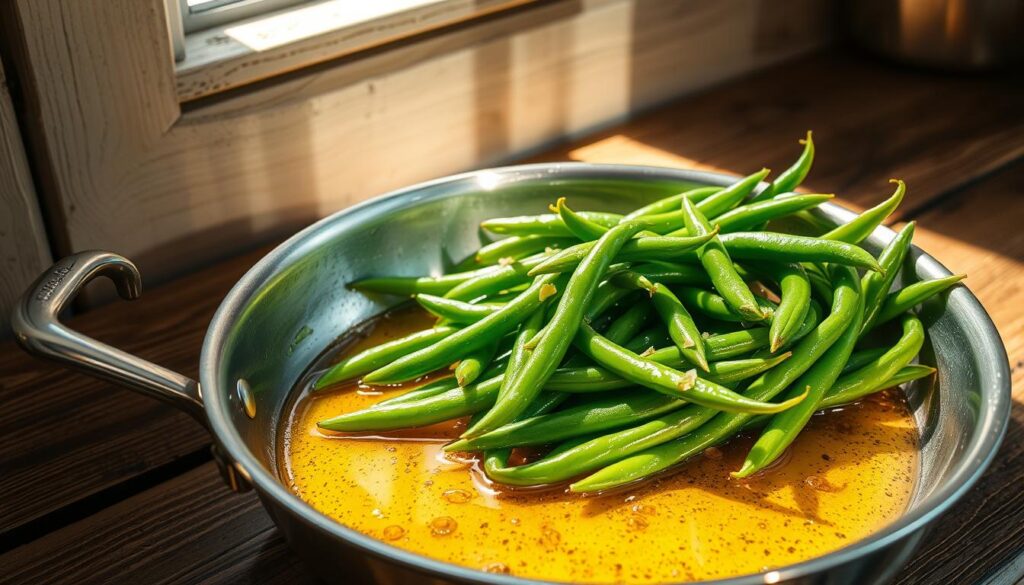
Why Sautéing Brings Out the Best Flavors
Sautéing quickly cooks green beans over medium-high heat. It keeps them crunchy and brings out their sweetness. Adding garlic enhances their flavor. Using sautéing in your recipes makes them both healthy and delicious.
What You’ll Learn in This Guide
This guide will teach you how to make sautéed green beans that taste amazing. You’ll find out how to pick the best green beans and what tools you need. It’s perfect for both newbies and seasoned cooks, with tips to make your green bean dishes even better.
Selecting the Best Green Beans for Your Recipe
The success of your sautéed green beans recipe depends on the right green beans. There are many options, and knowing the differences is key.
Fresh vs. Frozen vs. Canned Green Beans
Nora from Savory Nothings recommends fresh or frozen green beans for sautéing. Fresh beans are crunchy and full of flavor, perfect for sautéing. Frozen beans are also great, as they’re frozen at peak freshness, keeping nutrients and taste.
Canned beans are convenient but softer and less tasty. This makes them less ideal for sautéing.
| Type | Texture | Flavor |
|---|---|---|
| Fresh | Crunchy | Vibrant |
| Frozen | Tender | Preserved |
| Canned | Soft | Less flavorful |
Different Varieties of Green Beans
Green beans come in types like Blue Lake, Kentucky Wonder, and Romano. Each has its own texture, taste, and growth style. For sautéing, slender and tender beans work best.
How to Check for Freshness and Quality
To get the best green beans, look for ones that are firm and free of blemishes. Steer clear of wilted, discolored, or decayed beans. For frozen beans, check the packaging for damage or freezer burn.
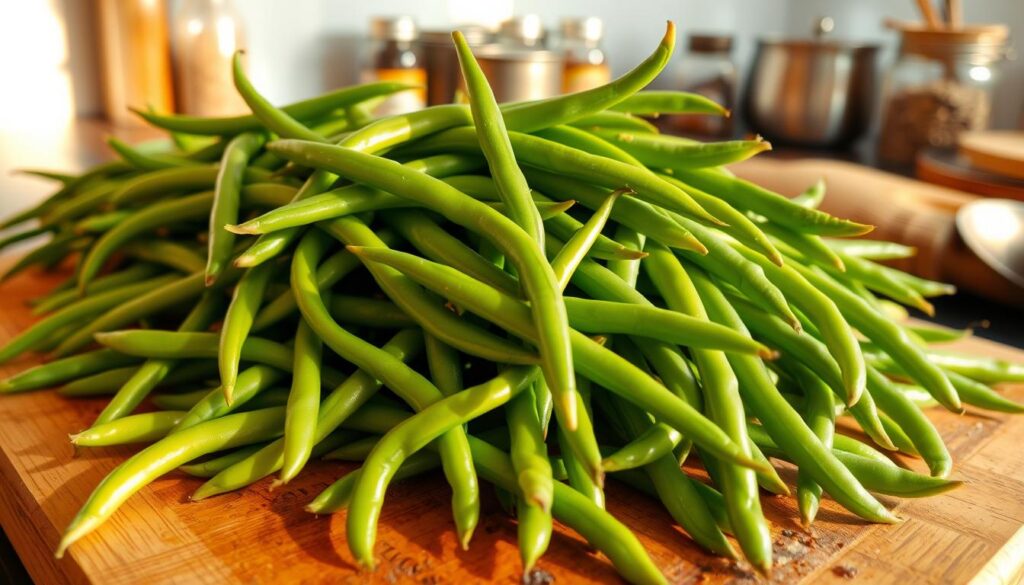
Essential Equipment for Sautéing Success
To sauté green beans like a pro, you need the right tools. Sautéing needs quick and even heat. The right equipment makes a big difference in cooking garlic butter green beans sauteed or other favorites.
Choosing the Right Pan
The pan is key for sautéing green beans. Nagi suggests using a large skillet. You have many pan types to choose from.
Cast Iron vs. Stainless Steel vs. Non-stick
Cast iron pans spread heat well. Stainless steel pans are tough and scratch-resistant. Non-stick pans prevent green beans from sticking, making cooking easier. Your choice depends on your cooking style.
Pan Size Considerations
A big pan is great for cooking lots of green beans at once. But, don’t overcrowd the pan to avoid steaming. A small pan might need batches, which takes more time.
Other Helpful Tools and Utensils
Tools beyond the pan can improve your sautéing. A sharp knife is needed for cutting green beans. A colander helps drain water after washing. A garlic press is useful for sautéed string beans with garlic.
| Tool | Use |
|---|---|
| Large Skillet | Sautéing green beans |
| Sharp Knife | Trimming green beans |
| Colander | Draining excess water |
| Garlic Press | Crushing garlic for recipes |
Preparing Your Green Beans Before Cooking
To get perfectly sautéed green beans, start with the right prep. This means washing, trimming, and maybe blanching. Getting your green beans ready right is key to their taste and texture.
Washing and Trimming Techniques
First, wash and trim your green beans. This makes sure they’re clean and ready for cooking. Rinse them under cold water to get rid of dirt.
Then, cut off the ends. This makes the beans softer and easier to eat.
Removing the Strings
Some green beans have tough strings. To get rid of these, just snap off the ends and pull the strings down. This step is optional but makes the beans better to eat.
Cutting Options
You can cut your green beans in different ways. Cutting them small helps them cook evenly. Leaving them whole makes them look nicer.
Blanching: Is It Necessary?
Blanching means briefly boiling the green beans before sautéing. It keeps them green and tender. Nora says blanching makes a big difference in color.
Blanching isn’t always needed. But it’s good if you want a certain texture or color. Blanch for 3-5 minutes, then cool them in ice water.
Basic Sauteed Green Beans Recipe
Learning to sauté green beans is a basic skill everyone should know. It only takes a few ingredients and simple steps. You can make a tasty, healthy side dish that goes well with many main courses.
Ingredients for Simple Sauteed Green Beans
To make a basic sautéed green beans recipe, you’ll need the following ingredients:
- 1 pound fresh green beans, trimmed
- 2 cloves garlic, minced
- 2 tablespoons olive oil
- Salt and pepper to taste
- Optional: 1/4 teaspoon red pepper flakes for some heat
You can adjust the garlic to your taste. Feel free to add other seasonings as you get more comfortable with the recipe.
Step-by-Step Cooking Process
Here’s how to sauté green beans to perfection:
Heating the Pan Properly
Start by heating a large skillet or sauté pan over medium-high heat. Add the olive oil and let it heat up for about 1-2 minutes.
Adding Ingredients in the Right Order
Add the minced garlic and sauté for 1 minute until fragrant. Then, add the green beans and stir to coat them in the oil and mix with the garlic.
Proper Stirring Techniques
Stir the green beans occasionally to prevent burning and ensure even cooking. You want to achieve a tender but crisp texture.
Adjusting Heat Throughout Cooking
If the green beans start to brown too quickly, reduce the heat to medium. Cook for about 5-7 minutes or until they reach your desired level of doneness.
How to Know When They’re Perfectly Done
The key to perfectly sautéed green beans is cooking them until they’re tender but crisp. You can check for doneness by tasting a bean or by checking their texture. They should be slightly tender when pierced with a fork but also have some crunch.
By following these simple steps, you’ll be able to create delicious sautéed green beans. They will become a staple in your kitchen.
Mastering the Technique: Tips for Perfect Sauteed Green Beans
To make delicious sautéed green beans, you need to master a few key techniques. Sautéing is all about precision and attention to detail. It helps you get the perfect mix of texture and flavor. By learning these techniques, you can turn simple green beans into a standout dish.
Achieving the Ideal Texture
To get the right texture, cook green beans until they’re tender but crisp. Nora suggests cooking them over medium heat to prevent burning. This way, you get a texture that’s both tender and crunchy, making them a great side dish.
| Texture | Cooking Method | Result |
|---|---|---|
| Tender but Crisp | Cook over medium heat | Perfectly cooked green beans |
| Mushy | Overcooking or high heat | Unappealing texture |
| Crunchy | Undercooking | Not fully tender |
Common Mistakes to Avoid
Overcrowding the Pan
Don’t overcrowd the pan, as it can make the green beans steam instead of sauté. Cook them in batches if you have to. This ensures they cook evenly.
Temperature Issues
High heat can burn the green beans, while low heat might not caramelize them well. Adjust the heat as you cook to get perfect sautéed green beans.
Timing Problems
Cooking time is very important. Overcooking can make them lose texture and nutrients. Undercooking keeps them raw. Keep a close eye on the time.
Seasoning Errors
Not seasoning well can make green beans taste bland. Season them towards the end of cooking. This boosts flavor without overpowering the natural taste.
Delicious Flavor Variations for Sauteed Green Beans
Sautéed green beans are super versatile. You can flavor them in many ways. We’ll show you some top picks, from classic to spicy.
Garlic Butter Sauteed Green Beans
Try garlic butter sautéed green beans for a rich taste. Melt butter, add minced garlic, then toss in green beans. It’s aromatic and tasty. Top it with Parmesan cheese for extra flavor.
Tips: Use top-notch butter and fresh garlic. Avoid overcooking the garlic to prevent bitterness.
Asian-Inspired Green Beans with Soy Sauce and Brown Sugar
For an Asian twist, use soy sauce and brown sugar. Sauté green beans, then mix in soy sauce, brown sugar, and ginger. It’s sweet and savory. Add sesame oil for an Asian touch, says Nagi.
| Ingredient | Quantity | Purpose |
|---|---|---|
| Soy Sauce | 2 tbsp | Adds savory umami flavor |
| Brown Sugar | 1 tsp | Balances savory with sweetness |
| Fresh Ginger | 1 tsp, grated | Adds warmth and depth |
Mediterranean Style with Lemon and Herbs
For a refreshing twist, try Mediterranean-style green beans. Sauté with olive oil, then add lemon juice and herbs like parsley. It’s great for spring and summer.
Tip: Use fresh herbs for the best taste. Add chopped garlic for more depth.
Spicy Green Bean Variations
For a spicy kick, add red pepper flakes, diced jalapeños, or sriracha. Start with a little heat and adjust as needed. It’s easier to add more heat than to remove it.
- Red pepper flakes for a subtle, smoky heat
- Diced jalapeños for a fresh, spicy kick
- Sriracha sauce for a bold, spicy flavor
Troubleshooting Your Sauteed Green Beans
Fixing problems with sauteed green beans is key to getting them just right. Even with a great recipe, things can go wrong. Knowing how to fix these issues will help you make green beans that are both tasty and tender.
Dealing with Tough or Stringy Beans
When your sauteed green beans are tough or stringy, it’s often because they were overcooked or old. To fix this, use fresh green beans and cook them until they’re tender but crisp. If your beans keep coming out tough, try cooking them for less time or check if they’re fresh. For more tips, check out a sauteed green beans recipe that shows you how to do it right.
Fixing Flavor Issues
Flavor problems can be solved by tweaking your seasoning or cooking method. If your sauteed green beans taste bland, add more garlic, herbs, or lemon juice. If they’re too salty, add a bit more oil or butter. Trying different flavors can help you find the perfect taste for you.
Pairing and Serving Suggestions
Sautéed green beans pair well with many main dishes for a complete meal. They are tasty alone and enhance various cuisines. This makes them a great choice for your meal planning.
Main Dishes That Complement Sauteed Green Beans
Sautéed green beans match well with different main dishes. They’re perfect with Asian-inspired dishes like stir-fries and noodle dishes. They add freshness. They also pair well with grilled meats like steak, chicken, and salmon, providing a nice contrast in texture.
For a classic pairing, sautéed green beans are great with roasted chicken or grilled pork chops. The goal is to balance flavors so the green beans enhance the main dish without overpowering it.
| Cuisine | Main Dish | Additional Flavor |
|---|---|---|
| Asian | Stir-fried chicken | Soy sauce, ginger |
| Italian | Grilled chicken | Garlic, parmesan |
| Mediterranean | Lamb chops | Lemon, oregano |
Presentation Ideas for Special Occasions
For special occasions, how you present sautéed green beans matters. Add a sprinkle of parmesan cheese or a squeeze of fresh lemon juice. For an elegant look, arrange the green beans on a platter in a decorative pattern.
Storing and Reheating Leftover Sauteed Green Beans
Leftover sautéed green beans can be just as tasty as when they’re first made. To keep them fresh, you need to store and reheat them correctly.
Proper Storage Methods
Let leftover sautéed green beans cool down before putting them in an airtight container. This stops moisture from making them soggy. Nora suggests refrigerating them for up to 2 days. You can also use a glass container with a tight lid to keep them fresh.
Some important storage tips include:
- Cooling the green beans to room temperature before refrigerating
- Using airtight containers to prevent moisture and other flavors from affecting the beans
- Labeling the container with the date so you know how long they’ve been stored
Best Ways to Reheat Without Losing Texture
To reheat sautéed green beans, aim to keep their texture and flavor. Reheating them in a pan over low heat is a great way. Stir them occasionally until they’re warm. You can also reheat them in the microwave, covered with a lid or plastic wrap, to keep them moist.
Here are some reheating tips:
- Reheat the green beans over low heat to prevent burning or overcooking
- Add a small amount of water or broth if they seem dry during reheating
- Stir occasionally to ensure even heating
Nutritional Benefits of Green Beans
Green beans are not just tasty; they’re also full of nutrients that can improve your health. They add a nutritious touch to your meals, bringing vitamins, minerals, and antioxidants.
Key Nutrients in Green Beans
Green beans are loaded with vitamin C, vitamin K, and fiber. They also have folate, manganese, and potassium. For more info, check out this guide on green beans.
| Nutrient | Amount per 100g | Benefit |
|---|---|---|
| Vitamin C | 12.2 mg | Boosts immune system |
| Vitamin K | 14.4 mcg | Essential for blood clotting |
| Fiber | 2.7 g | Aids in digestion |
Health Benefits of Including Green Beans in Your Diet
Eating green beans can help your digestion and lower disease risks. You can make them more exciting with green bean recipes with soy sauce or as sautéed string beans. They’re a quick, healthy side dish.
Conclusion
Now you know how to sauté green beans. This guide has shown you simple techniques and tasty flavor variations. You can add sauteed green beans to your meals easily.
They make a great side dish or a healthy addition to your favorite recipes. Sauteed green beans are versatile and delicious.
Follow the steps in this article to make easy fresh green beans recipes. Try different seasonings and ingredients to find your favorite way. With practice, you’ll cook green beans that are tender, flavorful, and perfectly cooked every time.
So, go ahead and try sautéing green beans. You’ll have a healthy and delicious side dish that will become a staple in your kitchen.
FAQ
What is the best way to sauté green beans?
To sauté green beans, heat a pan with a small amount of oil over medium-high heat. Add your green beans and cook until they’re tender but crisp. You can also add aromatics like garlic and seasonings to taste.
Can I use frozen green beans for sautéing?
Yes, you can use frozen green beans for sautéing. First, thaw them and pat dry with a paper towel to remove excess moisture. This helps achieve a better texture when sautéing.
How do I prevent green beans from becoming too soggy when sautéing?
To prevent green beans from becoming soggy, don’t overcrowd the pan. Cook them over medium-high heat and don’t overcook. Pat dry the green beans with a paper towel before sautéing to remove excess moisture.
What are some popular flavor variations for sautéed green beans?
Some popular flavor variations for sautéed green beans include garlic butter and Asian-inspired with soy sauce and brown sugar. You can also try Mediterranean-style with lemon and herbs, or spicy variations with red pepper flakes.
Can I sauté green beans with other vegetables?
Yes, you can sauté green beans with other vegetables like bell peppers, onions, and mushrooms. Just be sure to adjust the cooking time based on the vegetables you’re using.
How do I store leftover sautéed green beans?
To store leftover sautéed green beans, let them cool completely. Then, transfer them to an airtight container and refrigerate. You can also freeze them for up to 3 months.
How do I reheat sautéed green beans without losing texture?
To reheat sautéed green beans without losing texture, reheat them in a pan over medium heat with a small amount of oil or butter. Or, reheat in the microwave with a damp paper towel covering the container.
Are sautéed green beans a healthy side dish option?
Yes, sautéed green beans are a healthy side dish option. Green beans are low in calories, rich in vitamins and minerals, and high in antioxidants. They make a nutritious addition to a balanced diet.
Can I make sautéed green beans ahead of time?
While sautéed green beans are best served fresh, you can prepare them ahead of time and reheat when needed. The texture may not be as crisp as freshly cooked green beans.
What are some main dishes that complement sautéed green beans well?
Sautéed green beans complement a variety of main dishes. These include grilled meats, roasted chicken, pan-seared fish, and vegetarian options like quinoa bowls and lentil stews.

Sautéed Green Beans
Ingredients
Main Ingredients
- 1 pound fresh green beans, trimmed Select firm, vibrant green beans.
- 2 cloves garlic, minced Adjust garlic quantity to taste.
- 2 tablespoons olive oil Use high-quality olive oil for better flavor.
- to taste salt and pepper Season to preference.
- ¼ teaspoon red pepper flakes Optional for some heat.
Instructions
Preparation
- Wash and trim the green beans. Cut off the ends and remove any tough strings.
- Heat a large skillet or sauté pan over medium-high heat and add the olive oil.
Cooking
- Once the oil is heated, add the minced garlic and sauté for 1 minute until fragrant.
- Add the green beans to the pan and stir to coat them in the oil and mix with the garlic.
- Sauté for about 5-7 minutes, stirring occasionally, until the beans are tender but crisp.
- Season with salt, pepper, and red pepper flakes, if using, before serving.
